Claire Greenslade’s Journey As The Head Gardener At The Historic Hestercombe Gardens
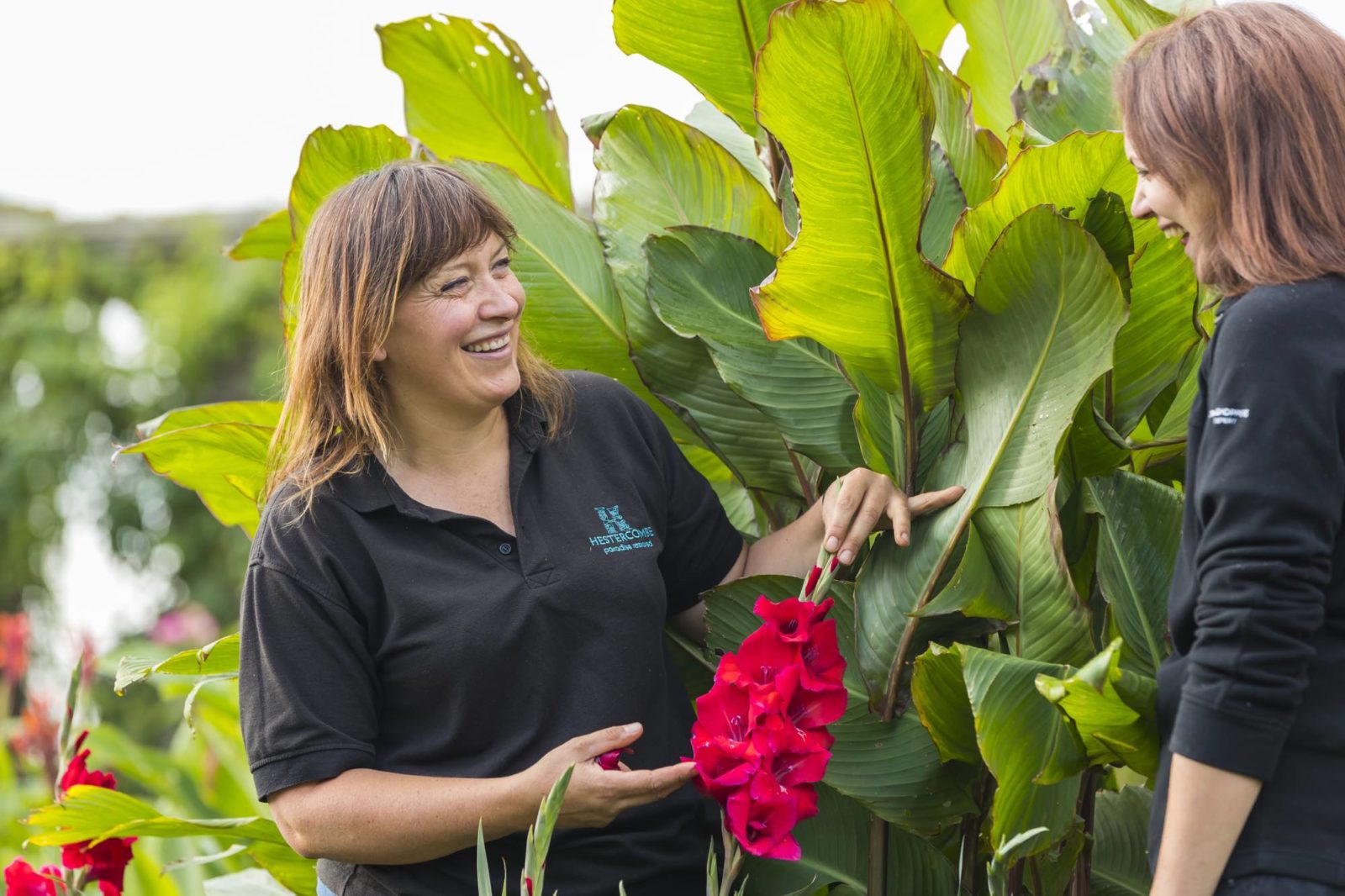
Contributions From CLAIRE GREENSLADE

Claire Greenslade, a horticulturist with a background in textile design, works as the Head Gardener at Hestercombe. Her career, which spans various roles including a stint in the National Trust Careership and managing educational gardens at Ryton Organic Garden, has seen her contribute significantly to the development and restoration projects at Hestercombe Gardens Trust.
Embarking on a journey from textile design to becoming the Head Gardener at Hestercombe, Claire Greenslade has woven a career from her passions for design, history and nature.
Her path, which meandered through various artistic and managerial roles, was profoundly shaped by an unexpected foray into organic gardening.
Now at Hestercombe, she not only oversees the lush, historic gardens but also contributes to the growth and evolution of the Hestercombe Gardens Trust.
We explore Claire’s multifaceted career and her current role at Hestercombe.
Please note that imagery in this guide was provided with permission by Claire Greenslade.
Can you share a bit about your background and how you first started gardening?
“I have a degree in fashion and textiles and after university, I worked freelance as a Screen Printer,” Claire begins.
“The industry turned to CAD and I knew I didn’t want to sit at a computer, so I covered a friend’s maternity and took her role designing and making stained glass windows.
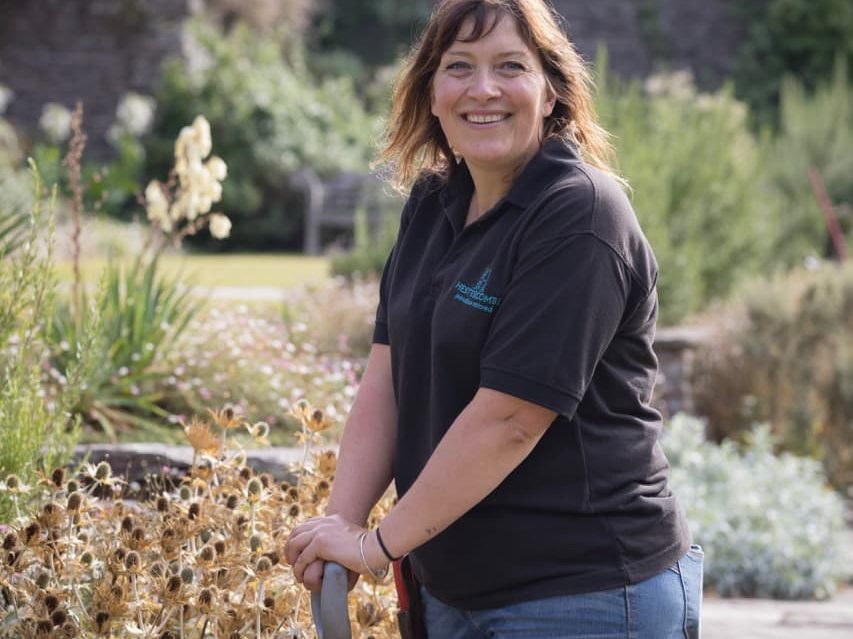
“After, I thought I would go back to college and get an adult teaching certificate so that I could teach and make stained glass. Whilst registering at the college, I was distracted by a course on the same day in organic gardening.
“I had been thinking of taking on an allotment to grow plants to dye fabric, so I signed up to both courses.
“I had no idea that horticulture was a career choice before then. I volunteered at Barley Wood Walled Garden just outside Bristol and was hooked. I was lucky enough to then start a 3-year Apprenticeship with the National Trust.”
What led you to your current position at Hestercombe?
“After my National Trust Careership, I worked at Garden Organic, which was a brilliant training ground,” she continues.
“I started employment at Hestercombe as a Gardener within the formal gardens and then progressed to Head Gardener over time.”
Can you describe your day-to-day responsibilities and roles at Hestercombe?
“It’s extremely varied. I would say that 60-70% of my time is spent carrying out practical tasks in the gardens with the team, which is made up of 6 gardeners, 1 student and 30 volunteers.
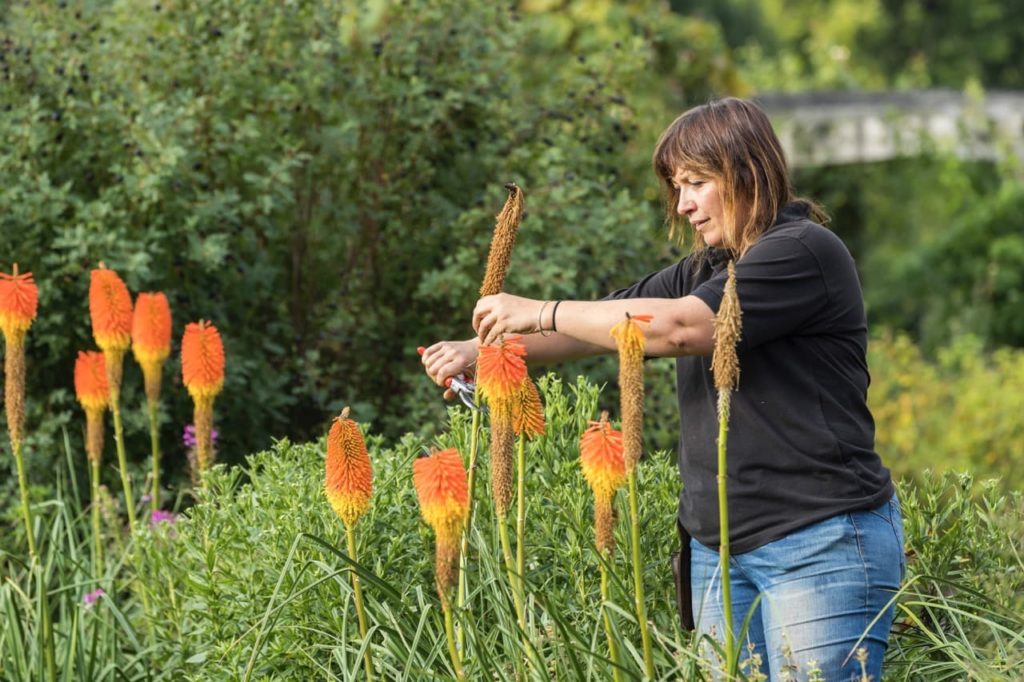
“I am part of the senior management team, so some of my time is spent on the strategic side looking at fundraising, engagement, education and budgeting. I also carry out tours and talks and write articles for the newsletter, blogs and social media outlets.
“We have a contemporary gallery and I love working with the Creative Director, the exhibiting artists, as well as the artists in residence. Some of my work is playing detective as I often find myself with a magnifying glass and an old photo in the archives trying to figure out what a plant variety might be!”
What are some of the projects you’ve worked on at Hestercombe that you’re particularly proud of?
“Every year in the Edwardian garden I choose a border or two and look at what is needed to bring it back in line with Jekyll’s plan, which is a great opportunity to really look at how Jekyll designs,” shares Claire.
“We have been developing an area called Rook Wood by adding trees for autumn colour and a Robinson-esque woodland border.
“During my time here, we have completed 4 new buildings in the landscape garden and it has been lovely to be part of furnishing that.”
What are some of the biggest challenges you face in maintaining the gardens at Hestercombe?
“A lot of the challenges are financial,” Claire admits.
“As a small independent charity, the piggy bank can be small. My team manages to achieve an awful lot with quite limited resources. We manage 120 acres, so there is an awful lot of plate spinning.
“If we had more money, I would love to increase the team and invest more into the gardens. Staffing can be tricky. There are very few young people coming into the industry, so it is really hard to find the right people.
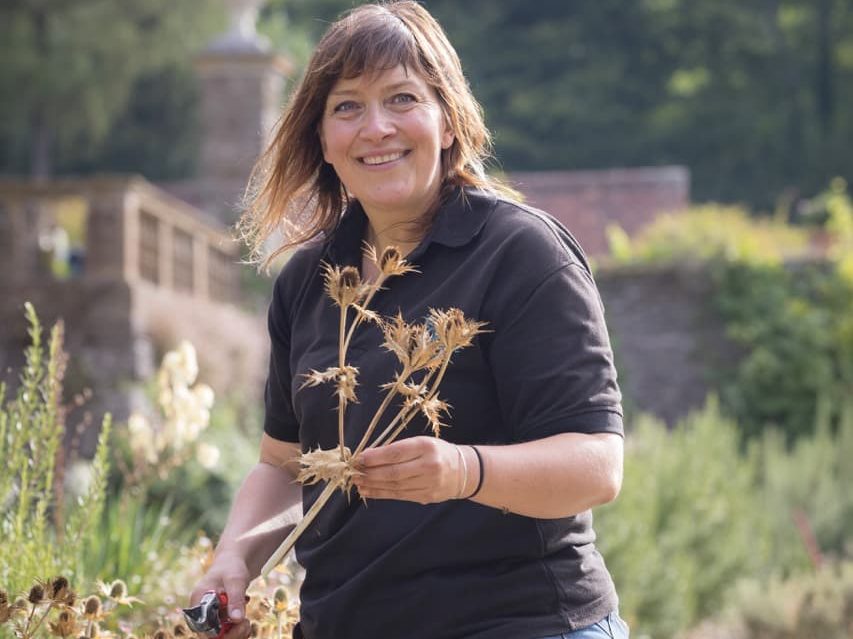
“Climate change will have a massive effect on Hestercombe and we are already dealing with some issues there. The great cascade in the landscape garden is a natural water course and with our dry springs and summers, it is often not running fully due to a lack of water.
“We also find that we have to do a lot more repair work to paths due to deluges of rain. Then, there is ash dieback, which will be an ongoing project.
“We try to see all the challenges as opportunities. It makes you really review what you are doing and makes you keen to think differently to find the solutions.”
What changes have the gardens at Hestercombe made to align with the changes in climate and how we view sustainability?
“We are extremely lucky that Gertrude Jekyll liked Mediterranean plants! That has really helped during our super-hot summers.
“In the Edwardian garden, we tend to only water when essential, such as when plants first go in or show signs of stress. We mulch every year with our own homemade compost to help trap moisture.
“The Victorian terrace is a thirsty bedding scheme and we have begun to adapt the design to use more succulents and some perennials so that there is less watering. We are currently looking at various ways that we can utilise and store water more efficiently.
“We aren’t organic, but we have massively reduced any spraying and will only spot-spray pernicious weeds.
“In the old days in October, the garden would have been deadheaded entirely. We no longer do this, as we like to see the seed heads and have some winter structure so some of the job in October is managing the aesthetic of this.”
What’s one piece of gardening advice you would give to every beginner?
“Get as much experience as you can,” Claire recommends.
“Read the books, do the courses but then learn to use your initiative and learn from your mistakes. Don’t be afraid to make mistakes, as it really is the best way to learn.”
How do you envision the future of Hestercombe, and what role do you see yourself playing in it?
“Hestercombe’s history stems from gardens designed by artists and we love this link between art and landscape,” she says.
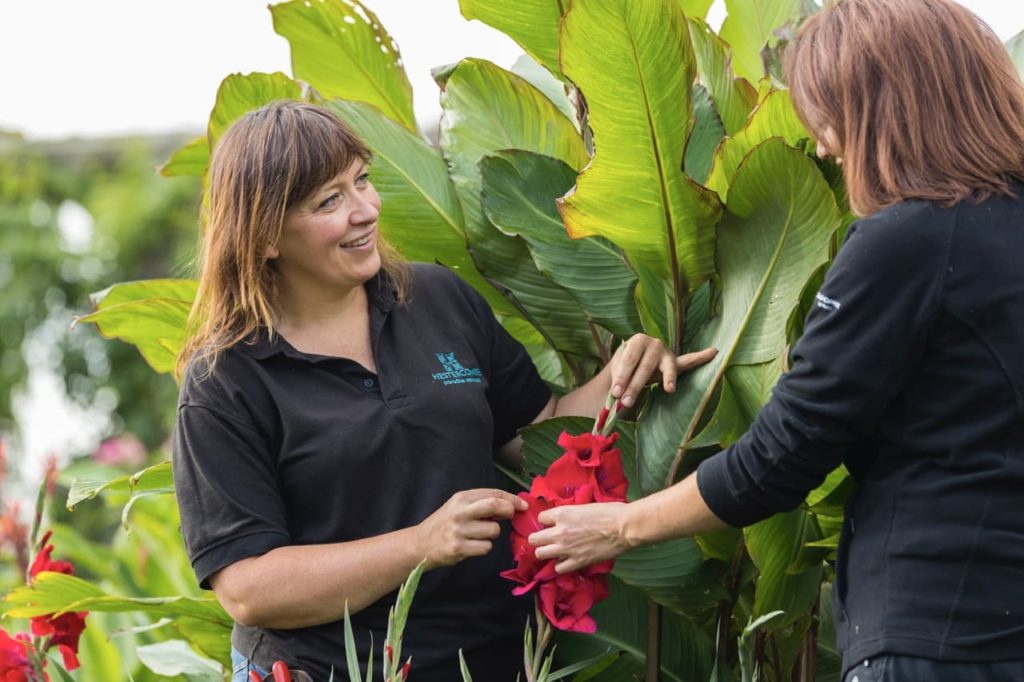
“Working with artists within the landscape and listening to their thoughts and views from a different perspective, really helps us to challenge our perceptions of the garden.
“We are a historic garden but I am keen to look forward as well as back. We need to stay relevant, and be resilient and sustainable.
“Personally, I see my role as quite varied. I need to preserve the history but also engage visitors in the future. I would like to increase Hestercombe’s work within our garden and art communities, as well as support our local community.”
What advice would you give to someone looking to start a career in your field?
“I would look to do a paid practical apprenticeship and to learn as much on the job from as many different gardeners as you can, and then cement this knowledge with some theory.”
What’s next for you? Are there any exciting projects coming up that you’d like to share?
“I am looking forward to developing our shrubbery further,” says Claire.
“It is based on William Robinson, so the planting can be quite naturalistic and wildlife-friendly. It is a part of the garden that doesn’t have an original planting plan so it’s an area I can have a little freedom and fun with.”

